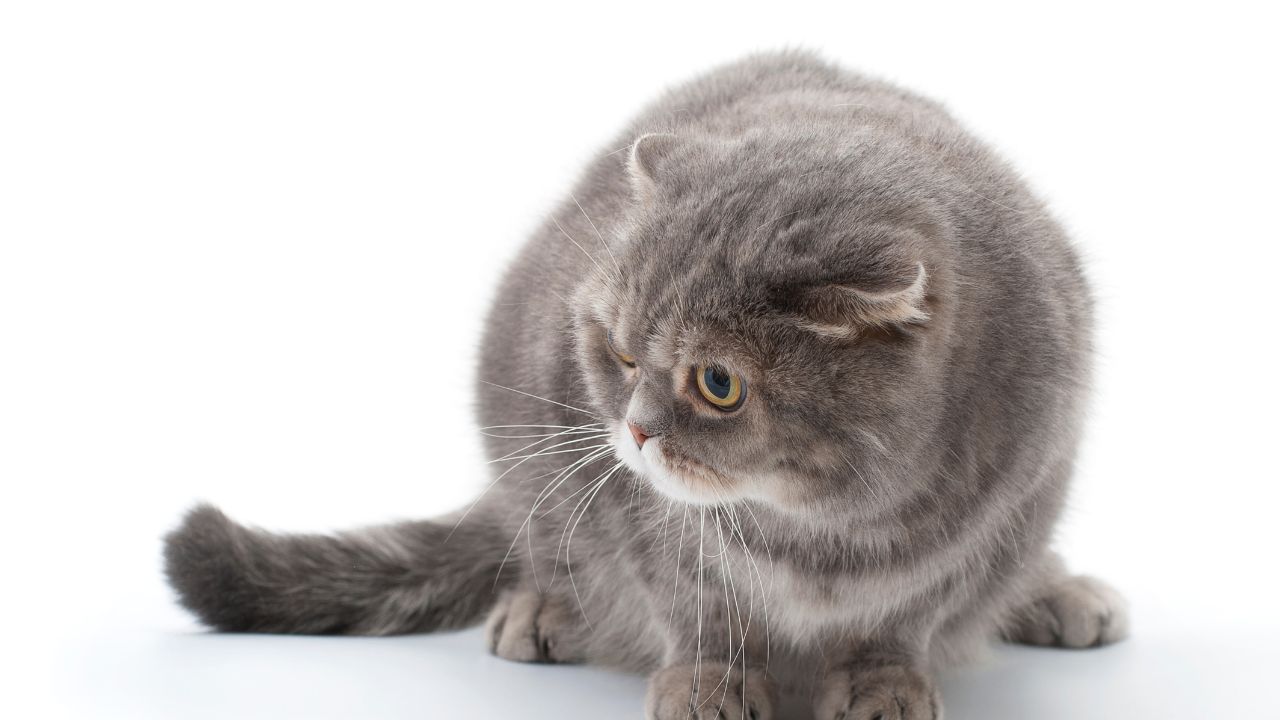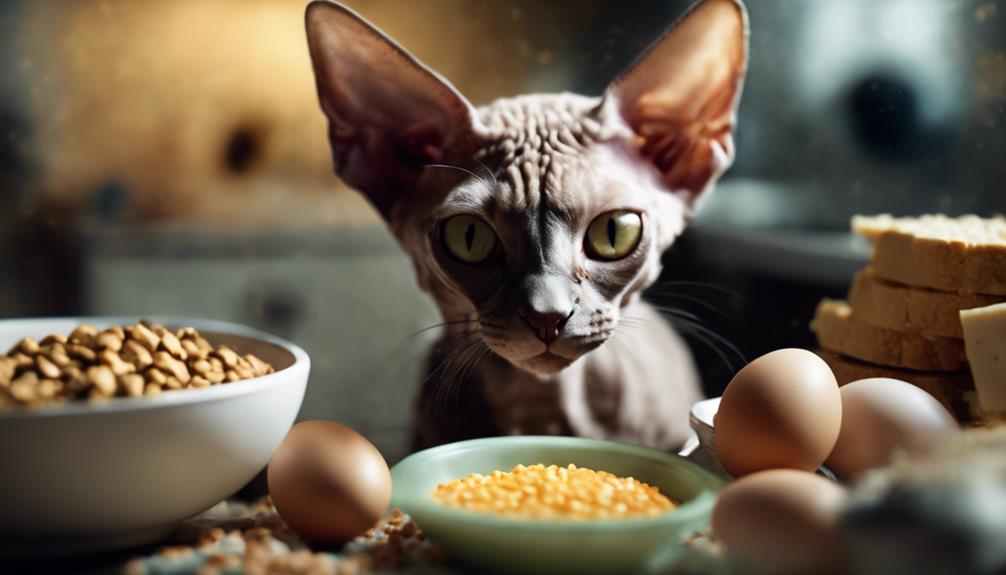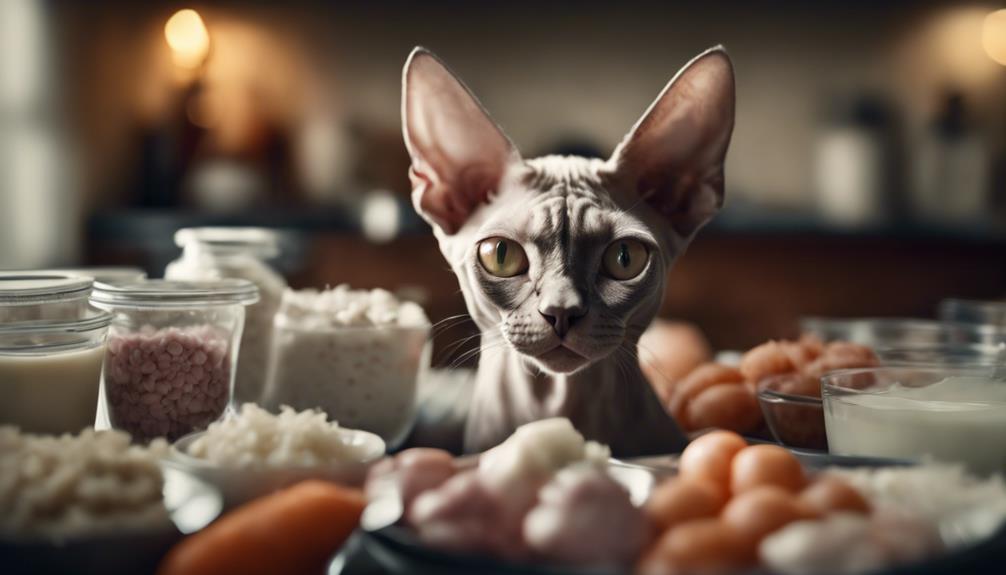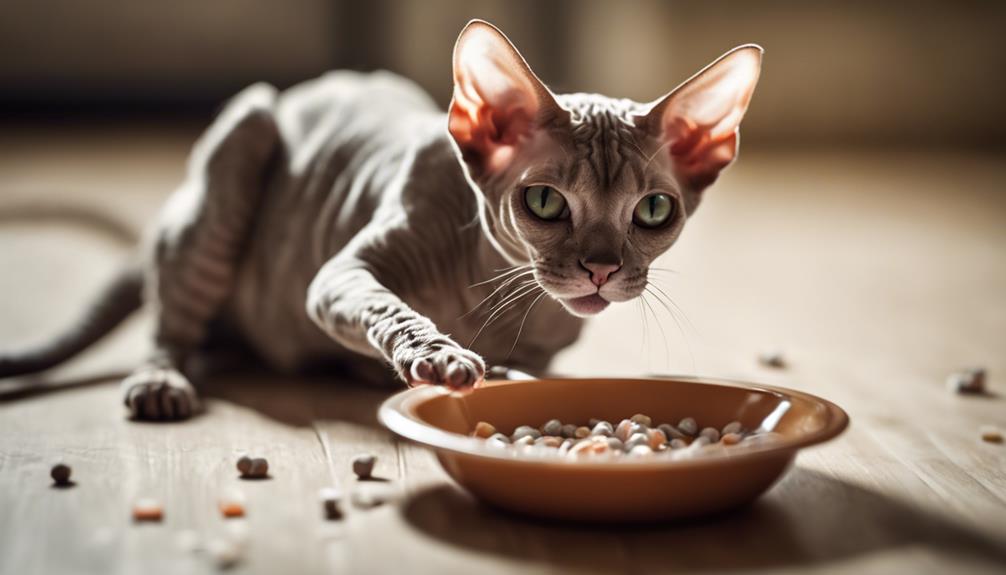Scottish Fold cats are a unique and adorable breed that have captured the hearts of many cat lovers. However, the breeding of Scottish Fold cats has been a topic of controversy due to concerns about their health and welfare. As a result, the breed has been banned in some countries, including Scotland.
The unique feature of Scottish Fold cats is their folded ears, which are caused by a genetic mutation. While this trait is what makes them so appealing to many people, it can also lead to health problems such as ear infections, deafness, and arthritis. The British Veterinary Association has warned that the breeding of Scottish Fold cats should stop due to these health concerns. In addition, the Fédération Internationale Féline has also banned the breed. Despite these warnings, breeders in the USA have continued to breed Scottish Fold cats.
The debate over whether Scottish Fold cats should be banned is ongoing. While some people argue that the breed should be allowed to continue, others believe that it is inhumane to breed cats with genetic mutations that can cause them pain and suffering. In this article, we will explore the reasons why Scottish Fold cats are banned in some countries and the arguments for and against the ban.
History of Scottish Fold Cats
The Scottish Fold cat is a unique breed known for its folded ears. The breed originated in Scotland in 1961, when a shepherd named William Ross discovered a white barn cat with folded ears, named Susie. This discovery led to the creation of the Scottish Fold breed.
Origins of the Scottish Fold Breed
Susie’s folded ear was caused by a spontaneous genetic mutation that was passed on to her kittens. Ross began breeding the kittens and consulted with a geneticist to ensure the breed’s health. The breed was recognized by the Governing Council of the Cat Fancy in 1966.
Popularity of Scottish Fold Cats
Scottish Fold cats quickly became popular due to their unique appearance and charming personalities. They have been featured in numerous viral videos and have gained a large following on social media platforms such as Instagram and YouTube.
Celebrities and Social Media
Scottish Fold cats have also gained popularity among celebrities. Taylor Swift, Ed Sheeran, and Maru the cat are just a few examples of celebrity owners of Scottish Fold cats. However, the breed has faced controversy due to concerns about breeding practices and the potential for health issues related to their folded ears.
Overall, the Scottish Fold cat has a unique and fascinating history. While the breed has faced some controversy, it remains a beloved and popular breed among cat lovers worldwide.
Health Concerns
Scottish Fold cats are known for their distinctive appearance, which includes their floppy ears and owl-like appearance. However, this breed has been the subject of controversy due to concerns over their health and welfare. In this section, we will discuss the various health concerns associated with Scottish Fold cats.
Genetic Mutation and Health Issues
The Scottish Fold breed is known for its genetic mutation, which causes the cartilage in their ears to fold forward. While this trait may be attractive to some pet owners, it can lead to a range of health issues.
The British Veterinary Association has warned that breeding Scottish Fold cats should stop due to health fears, as this breed is prone to a number of painful diseases, including arthritis, hearing problems, and tail deformities.
One of the most serious health concerns associated with Scottish Fold cats is osteochondrodysplasia (OCD), a genetic defect that affects the development of bones and cartilage. All Scottish Fold cats with folded ears suffer from this lifelong disease to some degree, which can result in severe deformities, lameness, and pain.
Welfare Implications
The welfare implications of breeding Scottish Fold cats are severe, as they can suffer from a range of painful diseases that can significantly impact their quality of life. Cats with OCD may experience mild to severe pain and stiffness, which can affect their ability to move and lead to a shortened lifespan. Additionally, they may have difficulty grooming themselves due to their shortened limbs and inflexible tails.
Breeding Scottish Fold cats can also lead to ethical concerns, as responsible breeders aim to prioritize the health and welfare of their animals. The Governing Council of the Cat Fancy (GCCF), the UK’s largest pedigree cat registry, has stopped registering Scottish Fold cats due to concerns over their health issues and welfare implications.
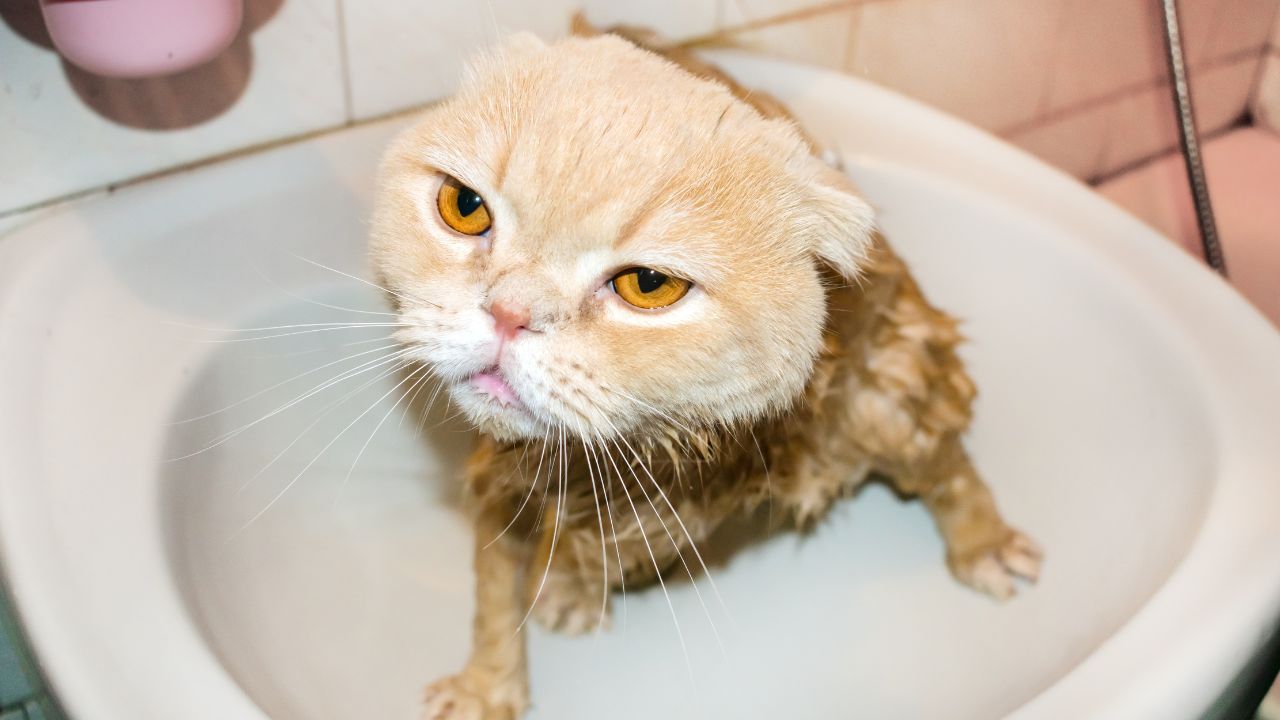
Breeding Bans and Regulations
In some countries, including Scotland, the breeding of Scottish Fold cats has been banned due to concerns over their health and welfare. The Scottish Government has banned the breeding of Scottish Folds and Highland Folds, which are a cross between Scottish Folds and American Shorthair cats.
Breeding regulations have also been put in place in other countries, such as the United States, where the Cat Fanciers’ Association (CFA) has banned the breeding of Scottish Folds with folded ears. The CFA has also encouraged responsible breeding practices and the promotion of healthier breeds, in line with the veterinary industry’s push for better animal welfare standards.
In conclusion, Scottish Fold cats may be cute and attractive to some pet owners, but they also come with a range of health concerns and welfare implications. Responsible breeders should prioritize the health and welfare of their animals, and pet owners should be aware of the risks associated with this breed before making a decision to adopt a Scottish Fold cat.
Appearance and Characteristics
Scottish Fold cats are known for their unique appearance and characteristics. They are medium-sized cats with a round face and a thick, dense coat of fur. Their folded ears are the most distinctive feature of the breed, but they also have a short, thick tail and thick, straight legs.
Folded Ears
The Scottish Fold’s folded ears are caused by a genetic mutation that affects the cartilage in their ears. This mutation causes the ears to fold forward and downward, giving the cat a distinctive appearance that resembles an owl. However, this mutation can also cause health problems for the cat, including ear infections and hearing loss.
Tail and Limbs
In addition to their folded ears, Scottish Fold cats also have a short, thick tail and thick, straight legs. This gives them a sturdy, muscular appearance that is well-suited for hunting and climbing. However, their thick limbs can also make them prone to joint problems and arthritis.
Owl-like Appearance
Overall, the Scottish Fold’s appearance is often described as “owl-like” due to their folded ears and round face. They have a sweet, affectionate personality and are known for their love of attention and snuggles. However, their unique appearance has also led to controversy surrounding the breeding of the breed and their potential health problems.
In conclusion, the Scottish Fold’s appearance and characteristics are what make them a unique and beloved breed. However, their distinctive features can also cause health problems and controversy. It’s important for potential cat owners to consider these factors before adopting a Scottish Fold.

